-

Do Rhinos Horns Grow Back? If trimmed, removed or damaged
Yes, rhino horns grow back. Just like the fingernails and hair of humans, rhino horns grow throughout their life. Their horns have the ability to regenerate. Rhinoceroses or simply rhinos are odd-toed ungulates that belong to the family Rhinocerotidae. There are five living or extant species of rhinos, three of which are indigenous to South…
-

Coyote Predators: What Eats a Coyote? What Preys on Coyotes?
Coyotes are intelligent animals, and they are known for their adaptability and survival skills. Despite being skilled hunters and adaptable survivors, they may run up to 40 miles in step within an hour but coyotes still face the constant threat of predation. A variety of other animals have been known to hunt and eat coyotes.…
-
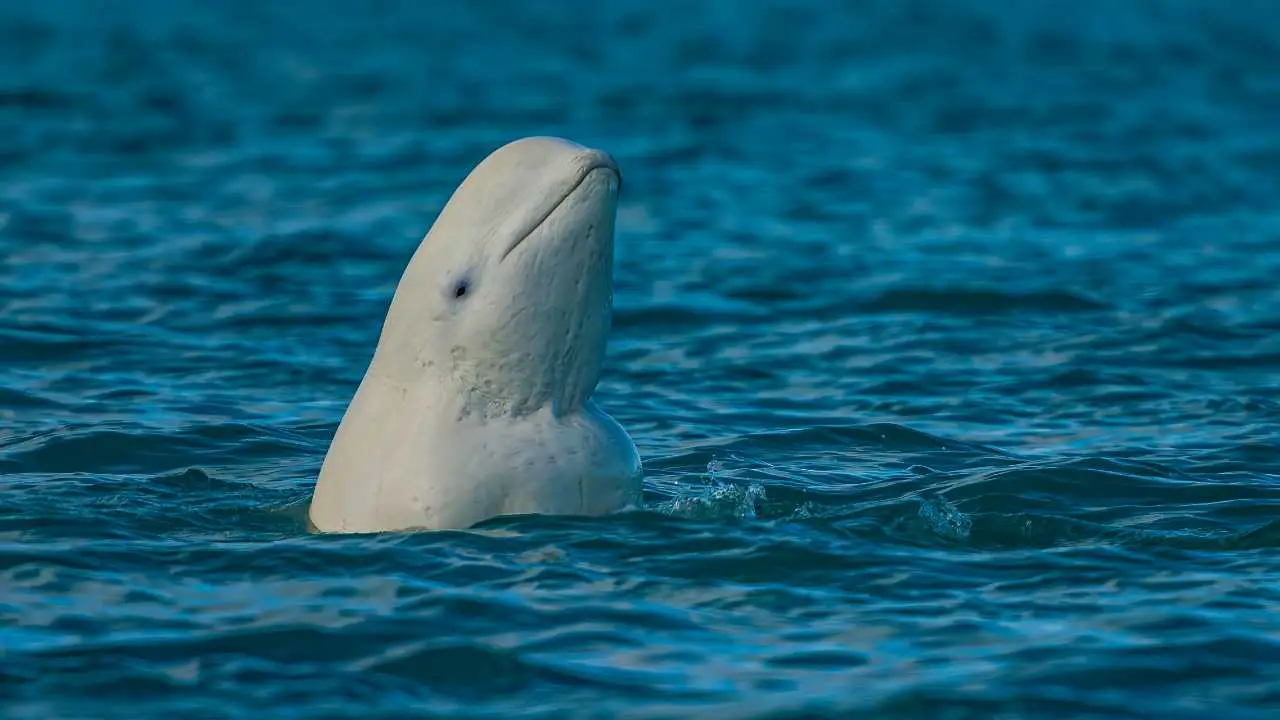
How Much Does A Beluga Whale Weigh? Beluga Whales Weight
The beluga whale is a medium-sized species of cetaceans found in the Arctic and Sub-Arctic waters. It shows sexual dimorphism; males are bigger in size and weight than females. Here, we gathered information about how much does a beluga whale weigh, how much a male, female, and baby beluga whale weigh, and their weight comparison…
-
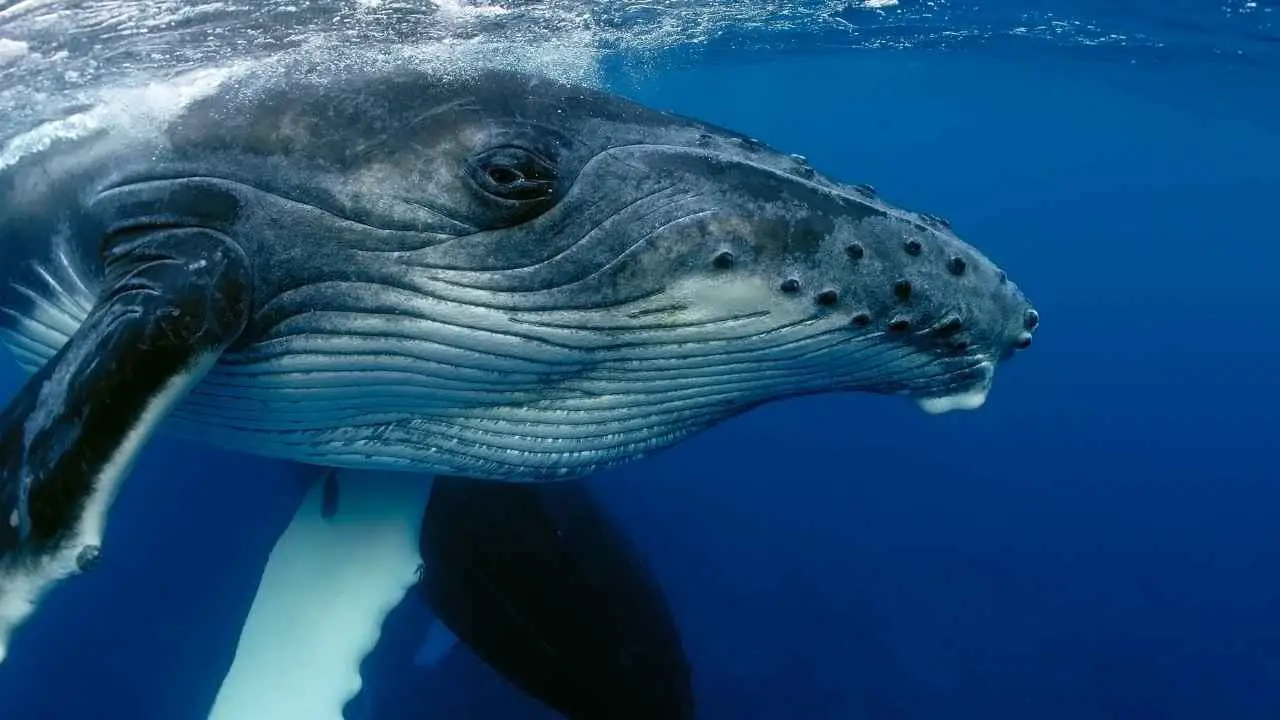
What Eats A Blue Whale? Blue Whale Predators
Blue whale, a species of baleen whale, is the most massive animal ever to have lived, even bigger than the largest dinosaur. They can grow to over 30 m long and weigh over 130,000kg. It has a heart the size of a vehicle and a huge stomach that can store about one ton of krill.…
-
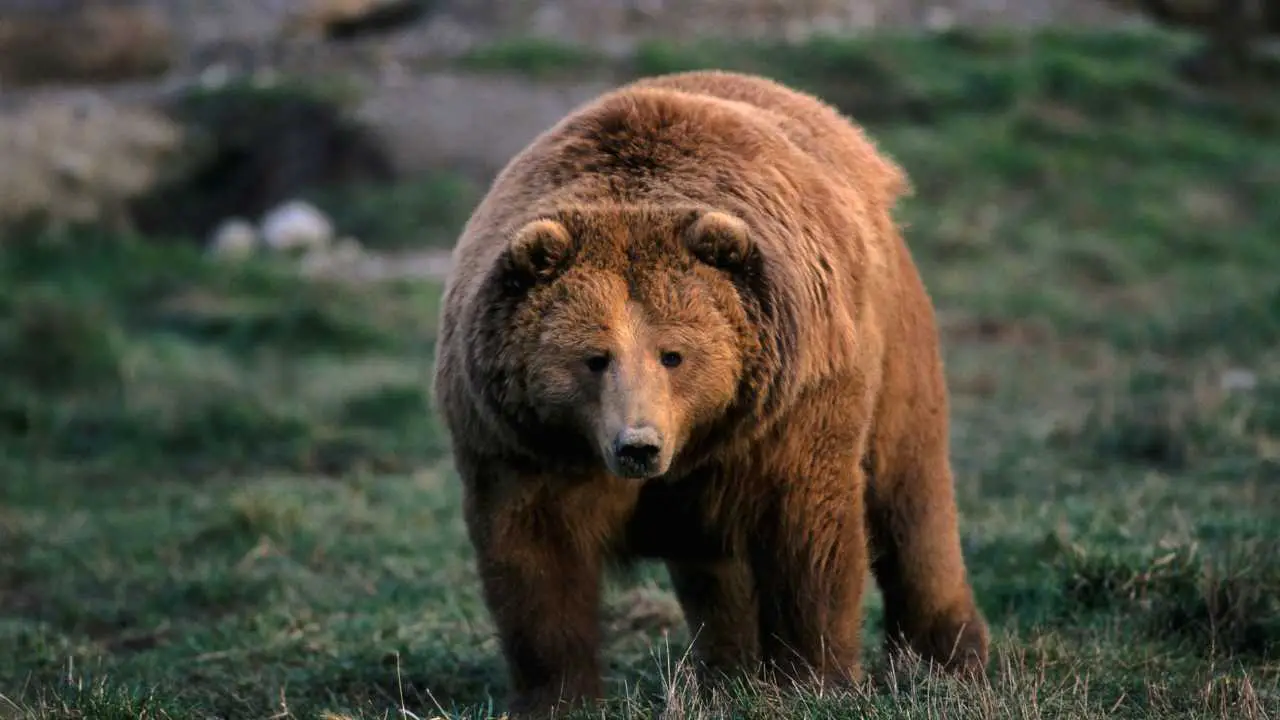
Discover the Biggest Bear in the World: Facts, Records, and Insights
Bears, with their imposing presence and captivating behaviors, have been a subject of human fascination for millennia. These magnificent creatures belong to the family Ursidae and are classified as caniforms, or doglike carnivorans. Their lineage traces back millions of years, showcasing a rich tapestry of evolution and adaptation. Presently, our planet is home to eight…
-
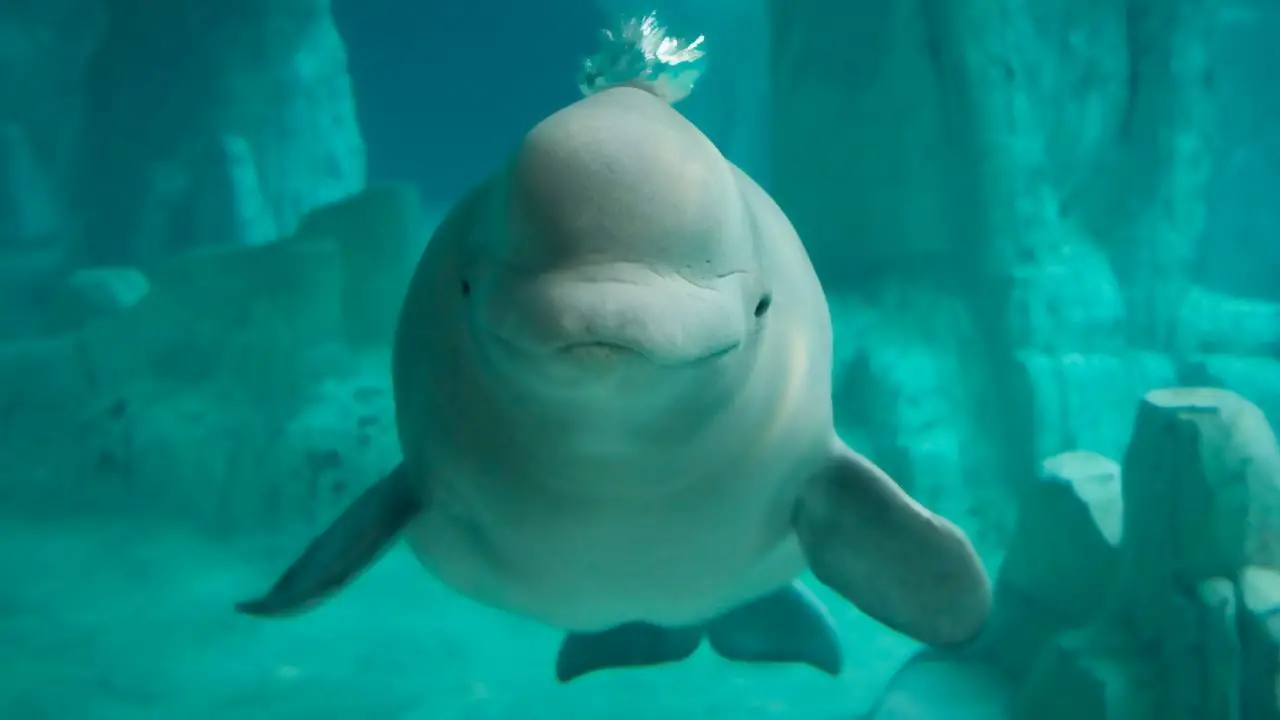
What Do Beluga Whales Look Like? Beluga Whale Appearance
The beluga whale is a toothed-whale species that inhabits the Arctic and Sub-Arctic waters. It is one the mid-sized species of whales. It has a stocky and fusiform (cone-shaped tapering towards the back) body shape. It has an usual white color and rounded forehead. It also lacks a dorsal fin. Here we gathered information about…
-

What Eats Humpback Whales? Key Predators Revealed
Humpback whales are among the largest animals on the planet and they are massive creatures. Even though humpback whales are massive creatures, they still undergo the life cycle. Many animals struggle to prey on humpback whales due to their impressive length of about 50 feet. Almost all oceans have them and they usually move from…
-
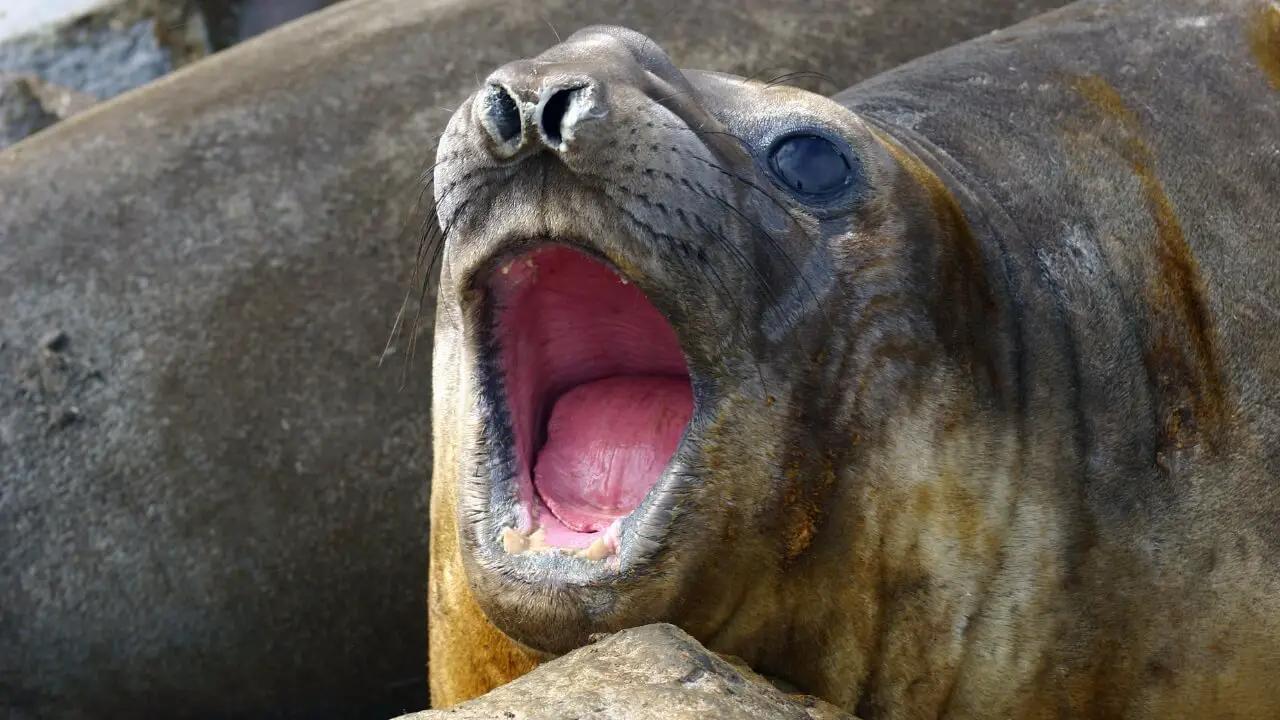
What Do Elephant Seals Eat – Elephant Seals Diet
Elephant seals are marine animals that are found on the coasts of both the northern and southern hemispheres. Seals are amazing creatures with flippers and whiskers and are like the underwater superstars of the animal kingdom! They are called elephant seals because of their size and trunk-like proboscis. They are also known for their diving…
-

Are Polar Bears Carnivores? Unveiling the Diet of the Arctic’s Apex Predator
Are polar bears carnivores? The simple answer is yes. Polar bears are indeed carnivores, relying heavily on a diet of seals and other marine mammals to survive in the harsh Arctic environment. Their status as top predators in the Arctic ecosystem is a clear indication of their carnivorous lifestyle. In this article, we will explore…
-

How Strong is a Polar Bear – An In-Depth Look at the Strengths and Abilities of the Arctic Giant
Polar bears are the largest land carnivores and are known for their incredible strength and agility. In this article “how strong is a polar bear”, we will explore the different aspects of polar bear strength, including why they are so strong, their bite and swipe force, their speed, and how they compare to other animals,…
-

Polar Bears and Grizzly Bears Mate: An In-Depth Look at Hybrid Bears
In the animal kingdom, the idea of two different species mating and producing offspring is not only fascinating but also a rare occurrence. In this article, we will explore the intriguing phenomenon of polar bears and grizzly bears mating, resulting in the hybrid bear known as a “grolar” or “pizzly” bear. Through an in-depth analysis…
-
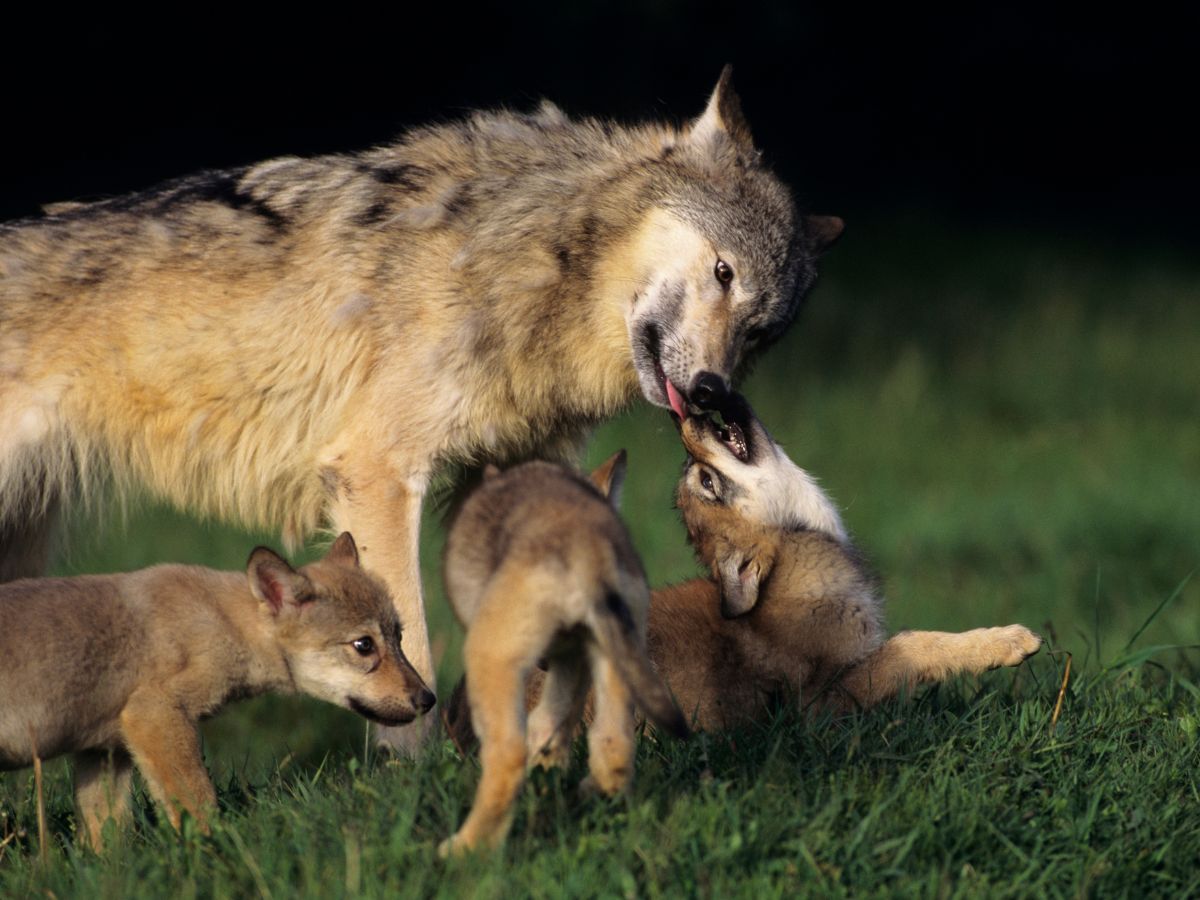
Adaptations Of A Wolf – Behavioral, Structural & Physiological
Wolves are a remarkable species that have evolved a range of adaptations to help them survive and thrive in their environment. From their structural adaptations such as powerful muscles and keen senses to their physiological adaptations such as an efficient digestive system and strong immune system, wolves are a testament to the power of evolution.…

Mammals
Mammals are a diverse group of warm-blooded animals known for their unique characteristics, such as having hair or fur on their bodies and producing milk to feed their young. They range from tiny creatures like mice and bats to some of the largest animals on Earth, like elephants and whales. Mammals live in various habitats, from dense forests and vast oceans to arid deserts and snowy mountain peaks. Whether it’s the playful dolphins in the sea, the majestic lions in the savannah, or the curious monkeys in the jungle, mammals play a vital role in the balance of nature. They are fascinating creatures, each with its own set of behaviors, diets, and adaptations that help them thrive in their environments.
Alligator Arctic Fox Bear Bearded dragons Bengal Tiger Blue Whale Butterfly Coyote Dog Eagles Elephant Fox Frogs Giraffe Gorilla Great White Shark Grizzly Bear Jaguar Komodo Dragon Lion Monarch Butterfly Moose Okapi Orangutan Owls Penguin Philippine Eagle Pitbull Polar Bear Possums Praying Mantis Rhinoceros Seals Sharks Siberian Tiger Snakes Spiders Taipan Tiger Turtle Vaquita Walrus Whale Whale Shark Wolf
